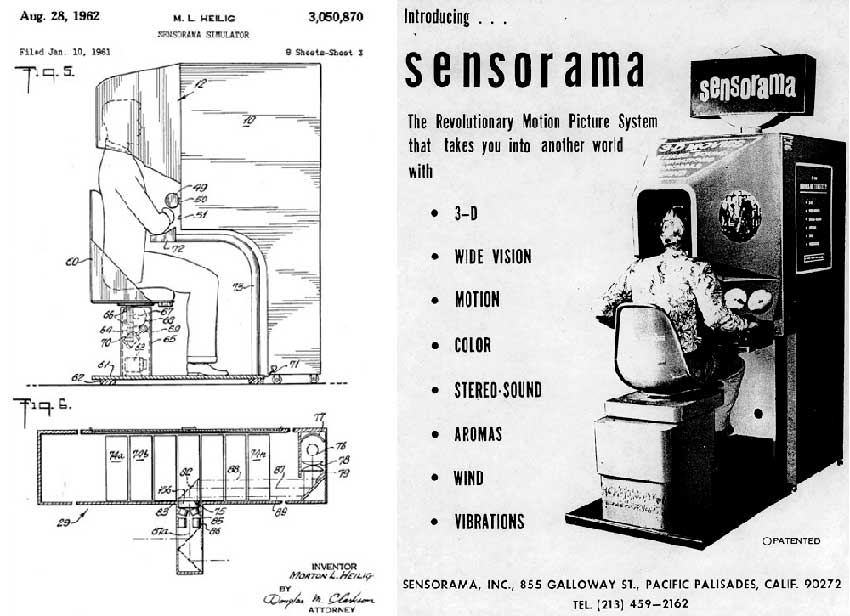In the modern world, computer and information technologies are rapidly developing. But if the future of conventional computer hardware and software that we use in our everyday life is more or less clear, the future of such trends as cyber-sport and technology of virtual reality still remains rather vague and uncertain.
There is an opinion that in the nearest future, virtual reality will tightly step into our lives and will become an integral part of it. As today, for example, we are beginning to use the technology of so-called “augmented reality” in our daily work, study or entertainment. So, let us try to understand what a virtual reality is, but first, we will take a journey to the past and remember how it all began…
Defense Technology
It is a well-known fact that a lot of technologies (not just information technology), to which we get used and take as an integral part of our everyday life, came to us from military developers. The military has always taken everything best and innovative from the scientists, because they understood that the one who has the best and better technology than his potential enemy, has a much better chance of winning in case of the outbreak of war. At the time, even the Internet was developed with the financial support of the US Department of Defense, so that military would be able to transmit the important messages and information about the enemy over the long distances between distant observation posts.
And the technology of virtual reality has not become an exception. The very first flight simulator for training military pilots of the basics of piloting was designed back in 1929, and was called the Link Trainer. The simulator was able to imitate a real flight of the military aircraft and became a kind of the prototype of the future concept of virtual reality. And in the late 50’s and early 60’s technologies like this, began actively implemented by the military for education and training of future pilots and even astronauts.
Sensorama
In 1960, American inventor and cinematographer Morton Heilig began to develop a complex machine that would be capable, according to his idea, to simulate reality. He wanted to create a technology that he called – “cinema of the future,” the basic concept of which was a technology of total immersion into a film in which viewer will not only see the image and hear the sound, but also would experience other physical sensations – the smells, the shaking, the wind, etc. Initially, Heilig and called his creation – “theater immersion”, but later, when the time came to patent the development, the project was given the name Sensorama. Unfortunately, work on the project was frozen soon as Heilig hasn’t received any financing, so crucial for the further development of the project. The investors just could not understand that such a technology could have been successfully sold. However, Heilig was tagged as a “father of VR,” and his Sensorama became, in a sense, the prototype of the future 3D-cinemas and attractions.
In the 90s many consumers became familiar with virtual reality thanks to Nintendo’s Virtual Boy. The display was monochromatic (only in red), only 14 games were released in North America, and you could only play it for a short time before it caused discomfort and some say a burning sensation. Today VR is experiencing a renaissance with many VR headsets available on the market like the Oculus Rift, Sony Morpheus, HTC Vive and others. There are also many other VR peripherals becoming available, such as the Virtuix Omni, a treadmill that allows you to walk, run and jump around in a virtual reality. Designing for VR is still a challenge. New interface devices like the Sixense allow designers to create in a virtual space. Of course these modern VR technologies require powerful computers to produce the graphics at the necessary resolution and frame rate.
What do you think is next for VR? What was your first virtual reality experience?
